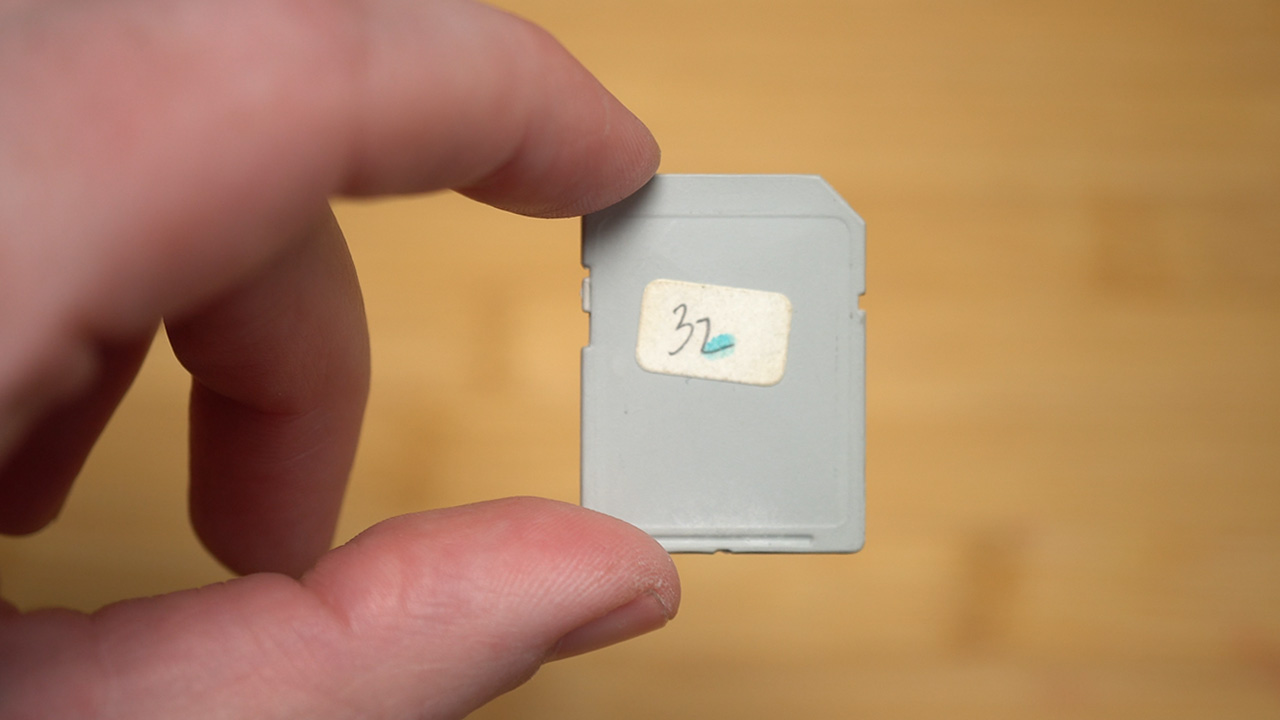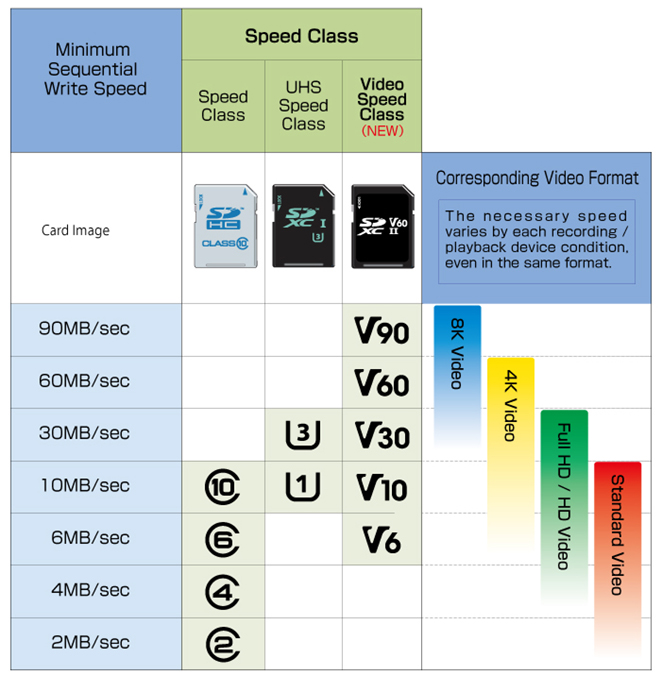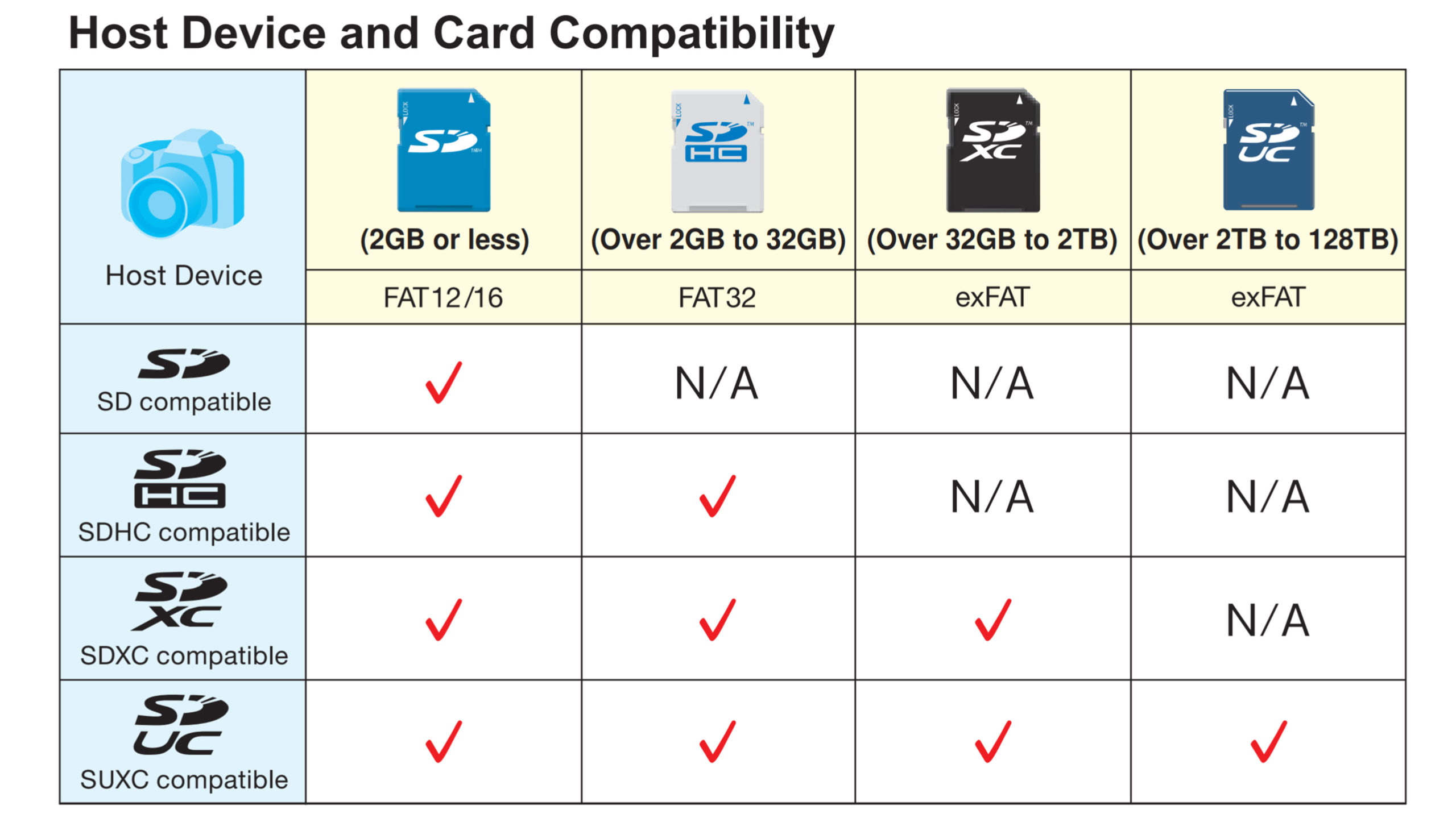We recently had the privilege of having in our studio for an extensive interview the chairman of the SD Association – Mr. Yosi Pinto who answered some of our questions about SD memory cards past, present, and future.
The video interview that we recorded (above) is very extensive (almost half an hour), so we decided to create a short highlights article with some commentary for those who are interested in the abbreviated version.
- The SD Association is a standards entity devoted to developing and promoting SD memory card standards. it was Established in 2000 by Panasonic, SanDisk, and Toshiba and since grew to include almost 900 companies worldwide. Mr. Pinto was there from the early beginnings as a major contributor to the first SD specification as well as the lead designer of the controller for the first SD memory cards as part of his work for SanDisk. Several years ago he was –selected by SanDisk to represent them on the board of the SD Association. He was then selected by the SD Association Board to be the chairman (which recently was renewed for the third time).
A piece of memory history – a 32MB prototype SD card that Mr. Pinto worked on in the late 1990’s
- The SD Association does not manufacture, market or sell any products. It only exists to create standards and promote the adoption, advancement and use of SD standards.
- In the interview, we asked Mr. Pinto about the different speed classes: the original number Speed Class, the UHS classes and the more recent Video Speed Class. He explained that these were created to ensure minimum continuous write speed for various applications that require it, such as video recordings and that the marks allow product manufacturers to communicate to their customers which cards they should use to deliver the best user experience and maximize the capabilities of their product. He is; however, aware of the complexity of this triple classes system and that the SD Association received quite a few complaints over the years about this. He also explained that new and evolving flash memory technology is also the reason for having a new speed class. Video Speed Class utilizes the latest memory technology and is expected to appear on the newest cards and hosts replacing legacy Speed Class marks.
The official SD speed classes table (courtesy of the SD Association)
- While the UHS-II interface has become increasingly more popular with the release of more cards and supported cameras in recent years, few people are aware that in early 2017 the SD Association introduced the third iteration of this interface – UHS-III with up to 624MB/s of transfer speed – which is twice as fast as UHS-II. Although this relatively new standard was developed at the request of several companies in the photo industry (we have not given any specific names) no products offering UHS-III have been announced so far and the introduction of the upcoming SD Express (see later on in this article) may replace UHS-III entirely.
- SD memory capacities have been increasing rapidly lately with cards up to 1TB now available. However, when the first 128GB SD cards were first launched in 2011 they were seen mostly as a way to show how far the technology could be pushed in such a small form factor. Their success in the marketplace despite their initial high cost meant that manufacturers soon created larger and larger cards of 256GB, 512GB and most recently a 1TB microSD card by SanDisk (now part of Western Digital) and Micron as well as a full-size SD card by Lexar.
- In 2018 the SD Association finalized the SD 7.0 specification which brought two major additions to SD cards. The first is the creation of the SD Express interface, a PCIe 3.0 x1 and NVMe-based interface and protocol with maximum transfer speeds of up to 985 MB/sec. The second innovation is the SD Ultra-Capacity (SDUC) class of cards which will be able to go up to 128 TB in capacity (SDXC maxes out at 2TB).
SD memory card maximum sizes table (courtesy of the SD Association)
- We were told that the development of the SD Express was actually not driven (for the most part) by the photo industry. It was pushed forward by other industries that are part of the SD Association (including mobile-computing, games, IoT, automotive and others) who were interested in the more modern and well-established PCIe interface and NVMe protocols. These changes make the upcoming SD Express cards very SSD-like in nature.
- It is important to note that despite the lack of push from the photo industry for the new SD Express, the upcoming new cards will be backwards compatible with SD UHS-I devices so you will be able to use them in any camera or device that work with existing cards. This will be done in a way similar to what has been done in the past with UHS-II (and UHS-III) where one row of connectors on the back of the card is dedicated to UHS-I and the other to the SD Express PCI-E. This also means that in backwards compatibility mode, the card will only support UHS-I speeds and not UHS-II/III.
Memory card speed graph (courtesy of the SD Association)
- For the first time in memory card history we are now in a place where both major players base their upcoming cards on the same interface and protocol – the new CF Express which will replace XQD (and has the same form factor as XQD) is also based on the same basic PCIe and NVMe.
- In the past, SD was typically considered to be a consumer/prosumer oriented format while CF (and later XQD) were more of a pro level memory formats. At the moment it isn’t clear if this division will continue between SD Express and CF Express, however, we believe that the fact that both are now based on the same basic PCIe/NVMe protocols might have interesting consequences in the future.
- As we have noted above, SD Express was not developed primarily for the camera industry but was pushed forward by other markets. This means that camera manufacturers may not be the first to implement it. However, jumping on the SD Express train for all type of products should be easier than it was for previous SD iterations since the PCIe interface and NVMe protocols are well established in the industry with all the supporting software and hardware required for implementing them.
- As for when the first SD Express supported cameras will be available on the market, Mr. Pinto did not wish to speculate, but based on our understanding this will not happen during 2019 (and possibly not even during the first half of 2020).
A glimpse of the future – a prototype of the future Micro SD Express card
You can check out more LensVid exclusive articles and reviews on the following link.

You can support LensVid by shopping with our affiliate partners
Affiliates: Amazon, B&H, Adorama and E-bay.
Why should you trust us?



